What EPA's nationwide PFAS rule means for Wisconsin drinking water
New federal limits on hazardous "forever chemicals" could mean cleaner, safer drinking water, but some residents may see higher utility bills.
Wisconsin Watch
March 15, 2023
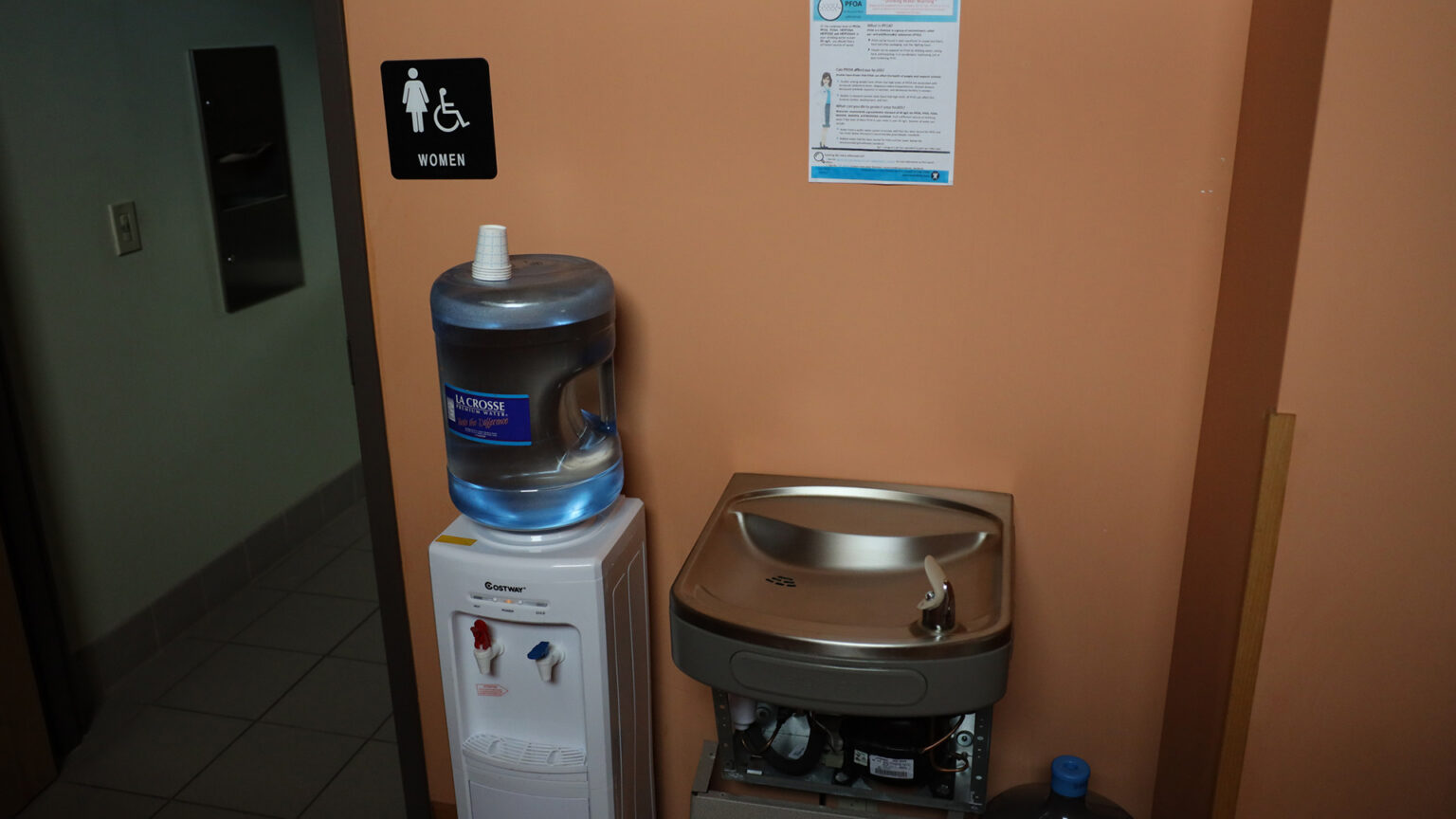
A flier at the F.J. Robers Library in the town of Campbell, outside of La Crosse, warns people of the dangers of PFAS chemicals in the drinking water. The sign hangs above a drinking fountain on July 20, 2022, disconnected due to high levels of PFAS. The library provided bottled drinking water instead. (Credit: Coburn Dukehart / Wisconsin Watch)

This story was originally published by Wisconsin Watch.
A new U.S. Environmental Protection Agency proposal issued March 14 would tighten limits on toxic “forever chemicals” in Wisconsin’s drinking water.
If finalized, the rule would establish the first national standard for PFAS, or per- and polyfluoroalkyl substances, in public water supplies, bringing uniformity to a jumble of state regulations.
States like Wisconsin, where PFAS limits are less stringent than the proposed standards, would have to revise them to match or surpass the federal standard. States without any limits must enact their first PFAS drinking water rules.
Though long sought by environmental and health advocates, the regulations may increase water rates in PFAS-contaminated communities as utilities upgrade filtration technology or drill for cleaner water sources.
“We anticipate that when fully implemented, this rule will prevent thousands of deaths and prevent tens of thousands of serious PFAS-related illnesses,” EPA Administrator Michael Regan told reporters at a press conference on March 14.
What are PFAS?
PFAS are a class of more than 12,000 human-made compounds. They accumulate in the environment and human bodies over time and do not easily degrade, which is why some people call them “forever chemicals.” Increased testing is revealing PFAS in public drinking systems, groundwater and surface waters nationwide.
Why should I care about PFAS?
Scientists haven’t studied most PFAS deeply, but they link two of the most widely researched, PFOA and PFOS, to a range of health problems. Those include altered hormone levels, decreased birth weight, digestive inflammation and ulcers, high cholesterol, hypertension in pregnancy, kidney and testicular cancers and reduced vaccine effectiveness in children.
In June 2022, the EPA released health advisories for four types of PFAS, including updated draft advisories for PFOA and PFOS. The agency warned against consuming more than 0.004 parts per trillion (ppt) and 0.02 ppt of the two compounds, respectively. That equates to about 4 drops and 20 drops of water in 1,000 Olympic-sized swimming pools, suggesting that virtually no amount of PFAS is safe for consumption.
Where do PFAS come from?
PFAS are ubiquitous in consumer and industrial products, such as fabric stain protectors, firefighting foam, food packaging, lubricants, non-stick cookware, paints and waterproof clothing. Most Americans encounter them through the foods they eat, dust, and hand-to-mouth contact with PFAS-treated products. Tap water is typically the main source of exposure for people living near contaminated sites.
After they started using the chemicals in the 1940s, PFAS manufacturers learned, and concealed, the hazards for decades. Wisconsin is among a host of states suing the 3M Company, DuPont and other manufacturers of PFAS-containing materials, alleging that they failed to alert the public of the risks.
What does this proposed regulation require?
Public water suppliers must begin testing for the chemicals. The draft rule proposes maximum contaminant levels, or MCLs, of 4 ppt for PFOA and PFOS — the lowest reliable threshold of detection. Those who find more would be required to notify the public and upgrade treatment technologies or take other action. The proposal also regulates any mixture of one or more of four other PFAS — PFNA, PFHxS, PFBS, and GenX Chemicals.
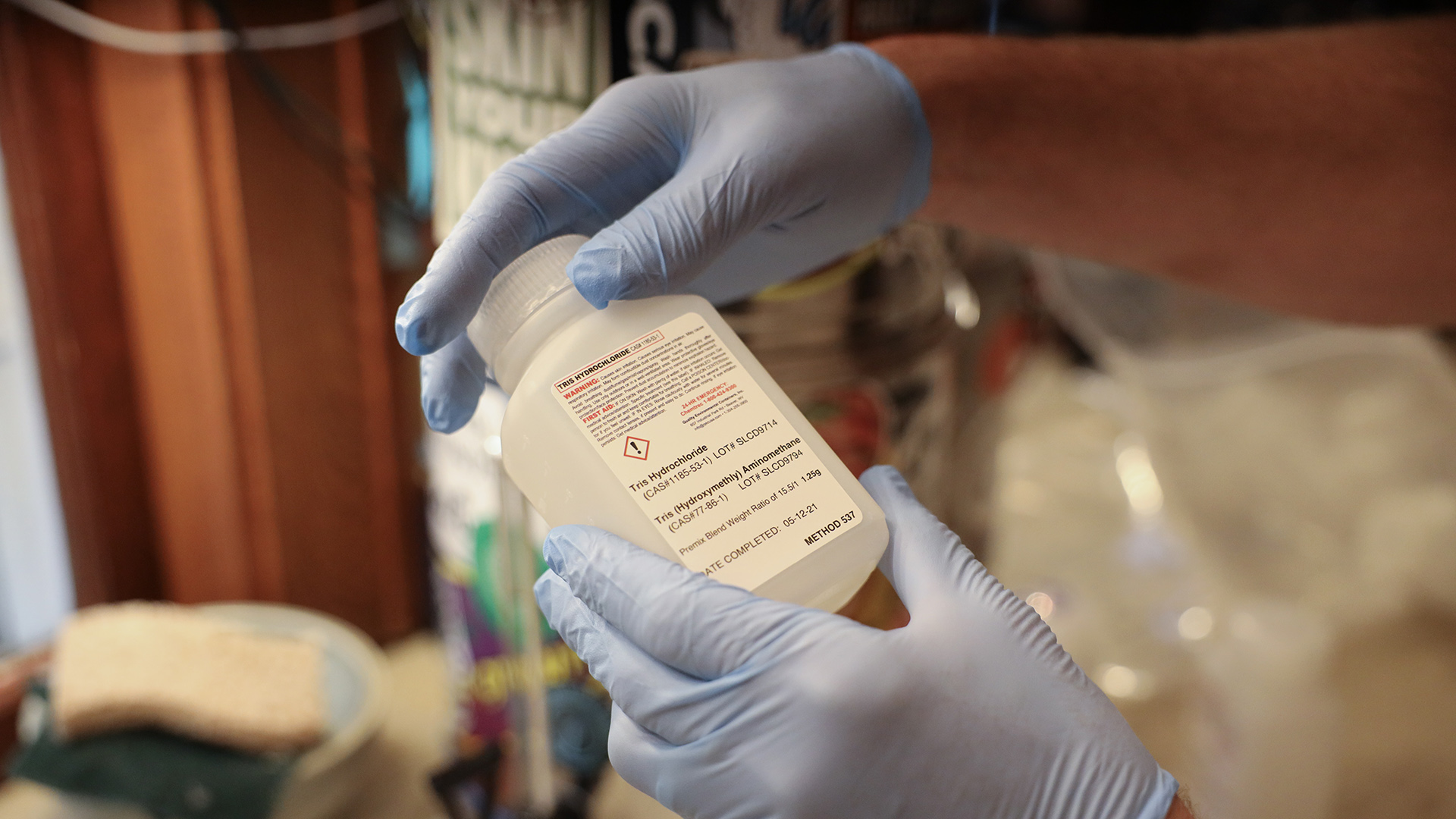
Madison resident Brad Horn collects a water sample to test for PFAS on Aug. 8, 2022. His family collected the water that came out of their AquaRain brand water filter and sent the water to the Regional Water Authority in Connecticut for testing. The results came back with no detectable levels of PFAS in 17 categories and one result of “below Minimum Reporting Level but greater than the Method Detection Limit” for PFHxS. (Credit: Coburn Dukehart / Wisconsin Watch)
Would the rule affect private wells?
No. Neither the EPA nor the state regulates private water wells. The 1.7 million Wisconsinites who use them, roughly one-third of residents, bear responsibility for testing and treating their own water for PFAS or other contaminants. The Wisconsin Department of Natural Resources offers general recommendations for well testing here. Many laboratories can test water for PFAS for a fee.
Why is the federal government doing this?
The Safe Drinking Water Act empowers the EPA to set limits on contaminants in public water systems — utilities that serve at least 15 connections or 25 people or more. Those include 148,000-plus public water systems in the United States that provide drinking water to 90% of residents.
This would be the first time EPA has regulated a new chemical in drinking water since the 1990s.
Why are the EPA’s proposed limits higher than its health advisories?
Health advisories are distinct from drinking water standards. For one, advisories are not regulations, nor are they legally enforceable. Unlike advisories, standards consider the availability of treatment technologies and implementation costs. That is why drinking water standards often are less stringent than health advisories.
“That is how our regulations are set,” said University of Iowa professor David Cwiertny, director of the Center for Health Effects of Environmental Contamination. “We define what is an acceptable level of risk, because we’ve developed a regulatory framework where we think it is unreasonable to eliminate all risks from a water sample.”
Why is a drinking water standard important for states?
PFAS drinking water regulations form a patchwork nationwide, with states imposing differing standards for different kinds of PFAS. A federal standard offers water utilities regulatory certainty.
“In general, water utilities prefer to have clear standards,” said Lawrie Kobza, a Wisconsin lobbyist for the Municipal Environmental Group — Water Division. “From that perspective, it is positive that we’re moving towards federal enforceable standards for PFOA and PFOS.”
How does this differ from Wisconsin’s current regulations?
In February 2022, the Wisconsin Natural Resources Board approved a drinking water standard of 70 ppt for PFOA and PFOS individually and combined, well above the EPA’s draft regulation. The state has no enforceable limits for the other four PFAS EPA identified.
States may impose stricter standards than the EPA’s, but those with weaker regulations must at least match the federal rules. Wisconsin would initiate a rulemaking process to comply, which typically takes 31 months.
The Wisconsin Department of Natural Resources already requires PFAS monitoring for PFOA and PFOS. If federal regulations are approved, impacted municipalities already will have identified PFAS contamination and possibly taken action, said Adam DeWeese, the department’s public water supply section chief.

A map shows the approximate locations of Wisconsin Department of Natural Resources PFAS contamination investigations. The numbers by each marker represent the number of open investigations in each community. (Credit: Wisconsin Department of Natural Resources)
What do we currently know about Wisconsin water supplies?
Due to staggered deadlines for PFOA and PFOS testing, only a fraction of Wisconsin utilities have submitted initial results to the DNR. All utilities must publish their test outcomes, which can be viewed online.
As of March 14, more than three dozen water utilities had detected PFOA or PFOS during routine monitoring. Wausau saw the highest result: 8 ppt of PFOA detected in January.
What has the EPA done until this point?
The Biden administration previously committed to releasing draft PFOA and PFOS standards by fall 2022 and finalizing them one year later.
Critics call the delay emblematic of a broader trend within Biden’s EPA, which has missed several self-imposed deadlines targeting PFAS in waterways and air.
The agency is hosting community engagement sessions to review its PFAS initiatives.
How long would utilities have to comply?
The agency will accept public comments at regulations.gov, and the final regulation could differ based on that feedback. A virtual public hearing is scheduled for May 4. Register to attend or speak here. September 2024 marks EPA’s statutory deadline to finalize the rule, but Regan said he hopes to do so sooner.
Utilities would have three years to comply.
“Water systems are going to need time to upgrade their treatment technology, their monitoring programs, their laboratories to be able to measure this,” Cwiertny said. “There’s going to be some time before we see the actual effect.”

Municipal Well No. 23 in La Crosse is across the street from the La Crosse Regional Airport in the town of Campbell on French Island adjacent to the Mississippi River. Firefighting foam used at the airport has likely contaminated municipal and private wells in the area. The La Crosse Water Utility has removed the well from production. Photo taken July 20, 2022. (Credit: Coburn Dukehart / Wisconsin Watch)
How might this affect water rates?
Nationwide, the rule could cost anywhere from $772 million to $1.2 billion to implement each year, depending upon interest rates, according to EPA estimates. But it would also deliver $908 million to $1.2 billion in health and economic benefits — including avoided treatment for ailments linked to PFAS. The agency acknowledged a range of uncertainty in estimating costs and benefits.
The American Water Works Association, however, pinned costs in excess of $3.8 billion annually.
Water systems that detect too much PFAS may need to raise rates. That happened in Wausau after the city’s utility constructed a new water treatment plant, which came online in late 2022. Wausau already planned to build a new facility when PFAS were discovered in all six of the city’s wells. It plans to add a $16.8 million system to remove PFAS using activated carbon. Both projects contributed to rising water rates.
“PFOS and PFOA, they aren’t the only emerging contaminants that we’re worried about,” said Wausau Mayor Katie Rosenberg. “Being able to remove all of it, that’s my goal, personally.”
Eau Claire, another community with PFAS contamination, could spend an estimated $24 million to upgrade its treatment plant.
Similar stories could play out nationwide.
Congress has allocated billions of dollars for water upgrades through the Bipartisan Infrastructure Law. In Wisconsin, public water utilities can apply to federally funded loan programs.
“We recognize that that’s not enough for every single water utility in the country, but it’s a shot in the arm,” Regan said.
The standards — and EPA’s calculations — are not without critics.
“We have serious concerns with the underlying science used to develop these proposed MCLs and have previously challenged the EPA based on the process used to develop that science,” said the American Chemistry Council, which represents chemical manufacturers. “The EPA’s misguided approach to these MCLs is important, as these low limits will likely result in billions of dollars in compliance costs.”
Some say polluters should bear treatment costs rather than taxpayers.
“It’s great to see the administration stand up and say, ‘We’ve got a PFAS problem’ and to dedicate billions of dollars toward it, but we have to remember that’s our money — that’s the victim’s money,” said attorney Rob Bilott, whose lawsuit against chemical company DuPont for PFOS dumping in rural West Virginia was the subject of the film “Dark Waters.”
“We need to be holding the people responsible who caused the problem in the first place,” he said during a February press conference.
This story is a product of the Mississippi River Basin Ag & Water Desk, an editorially independent reporting network based at the University of Missouri School of Journalism in partnership with Report For America and funded by the Walton Family Foundation. Wisconsin Watch is a member of the network. Sign up for our newsletter and donate to support our fact-checked journalism.
 Passport
Passport




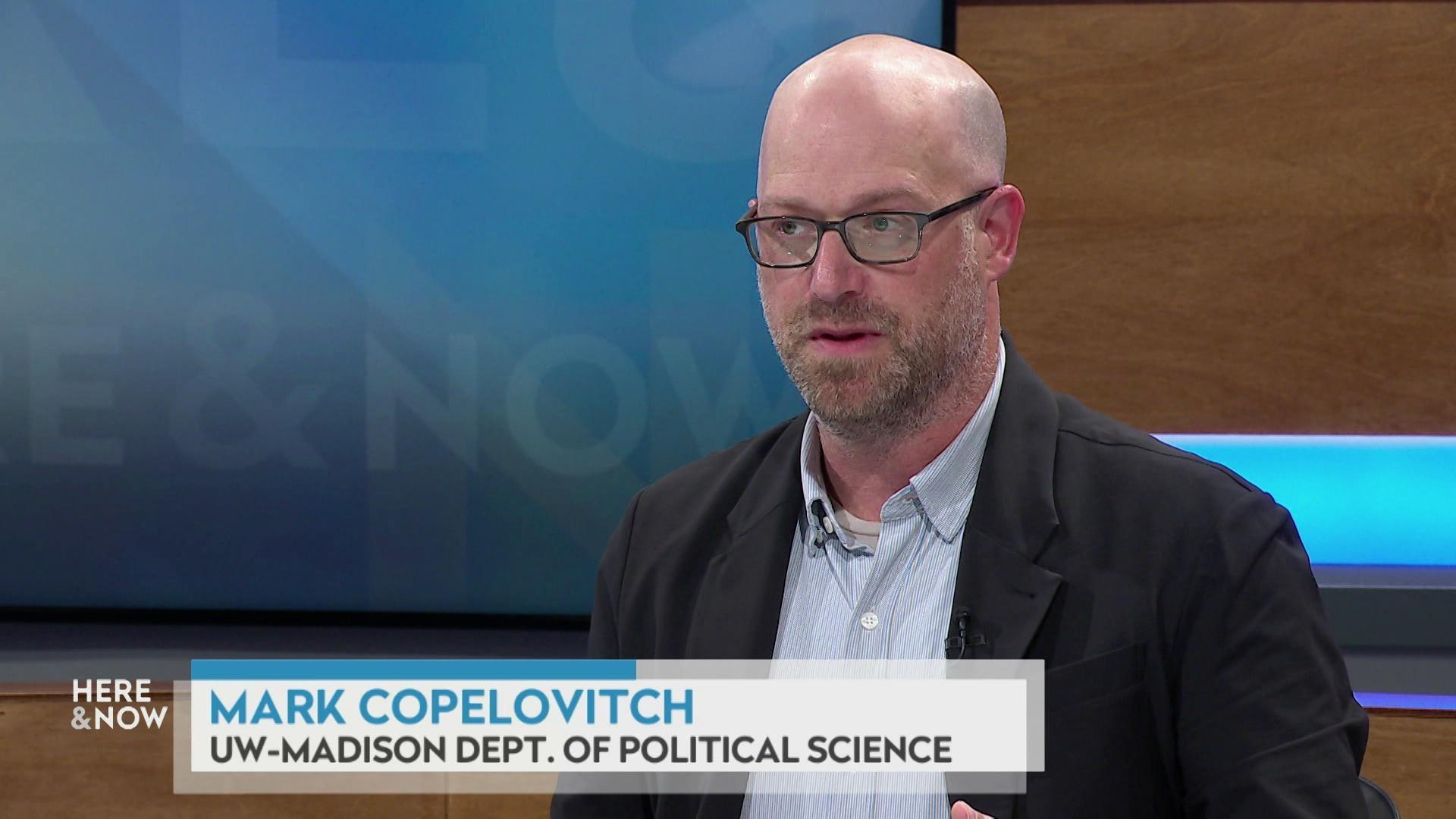
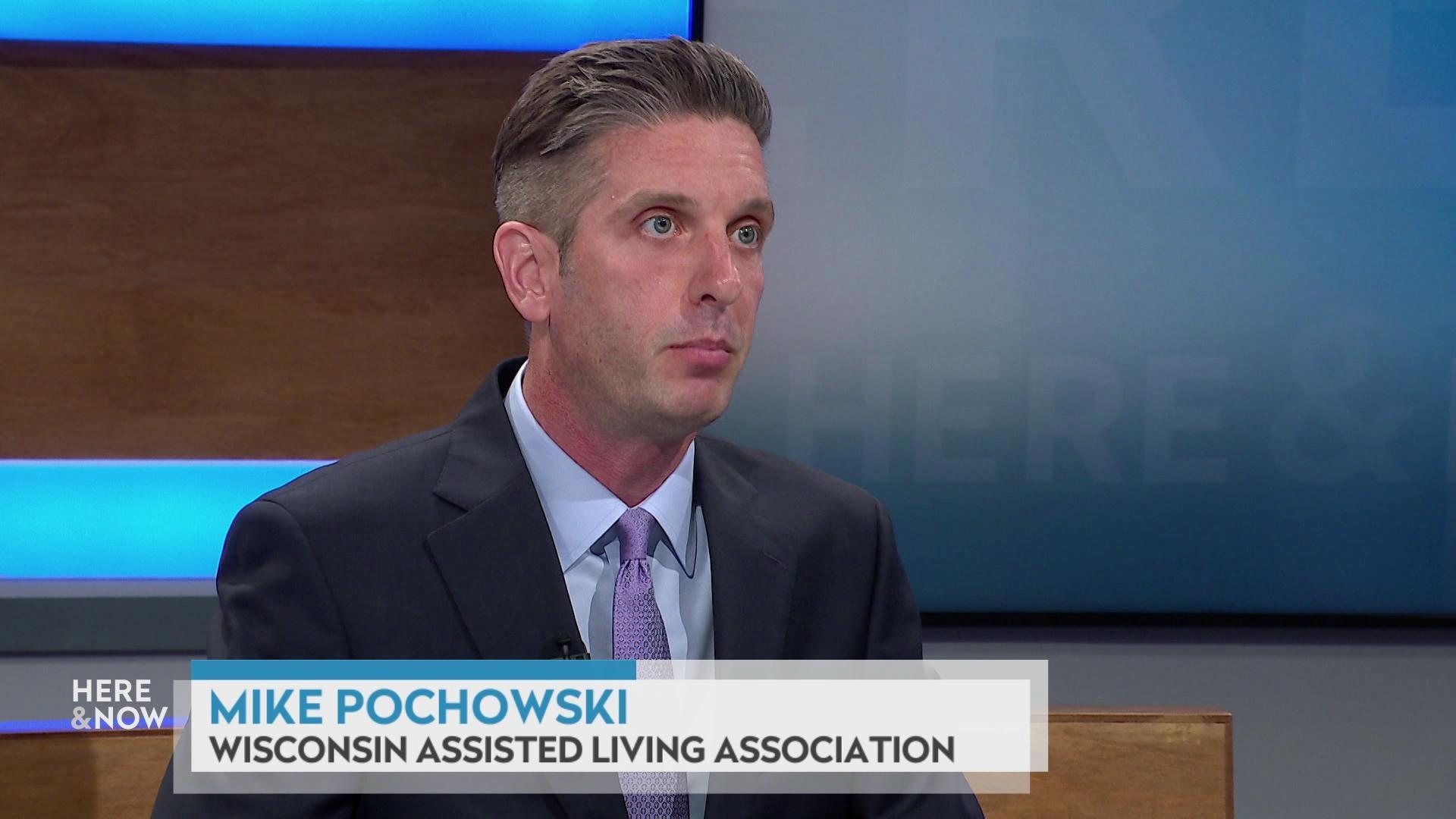



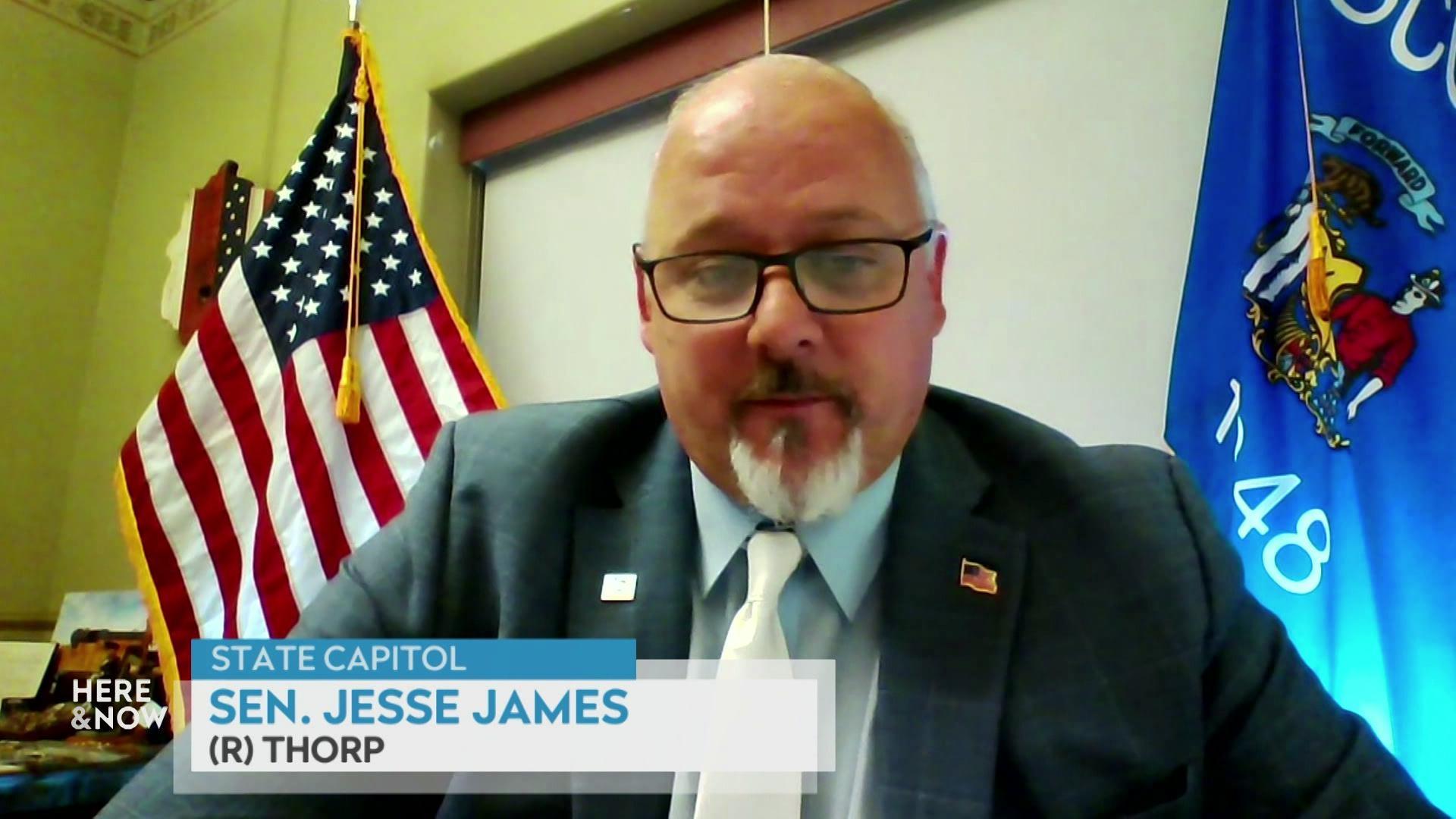

Follow Us